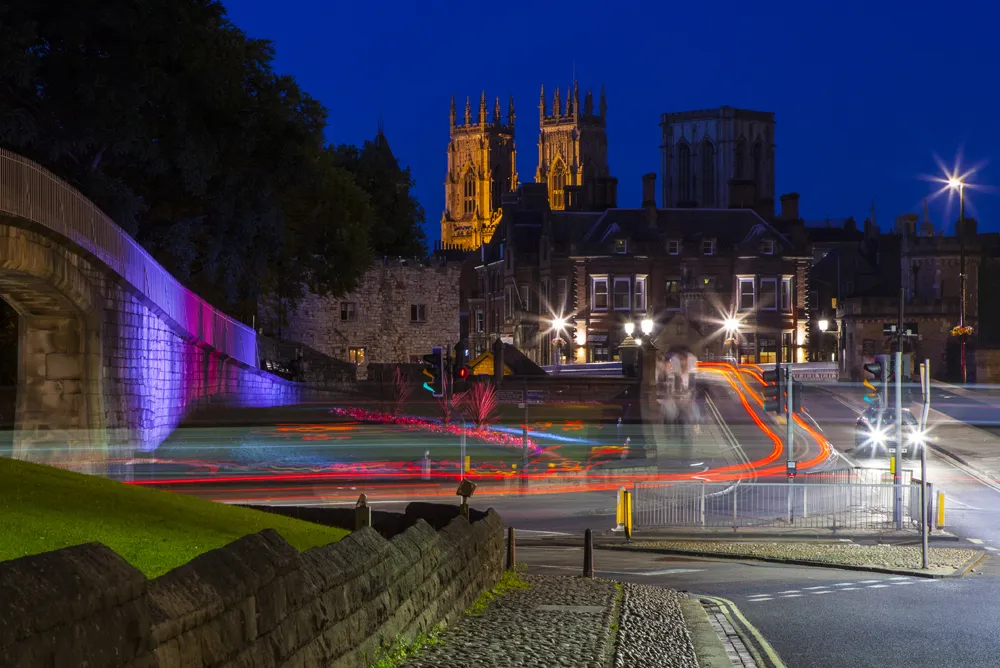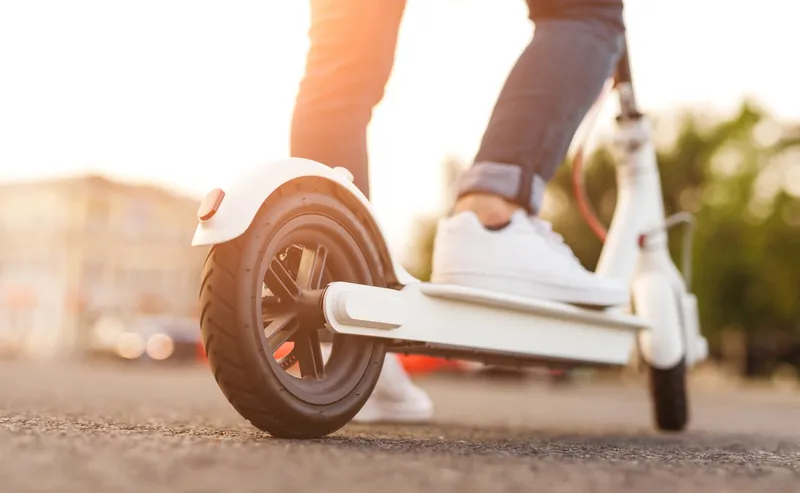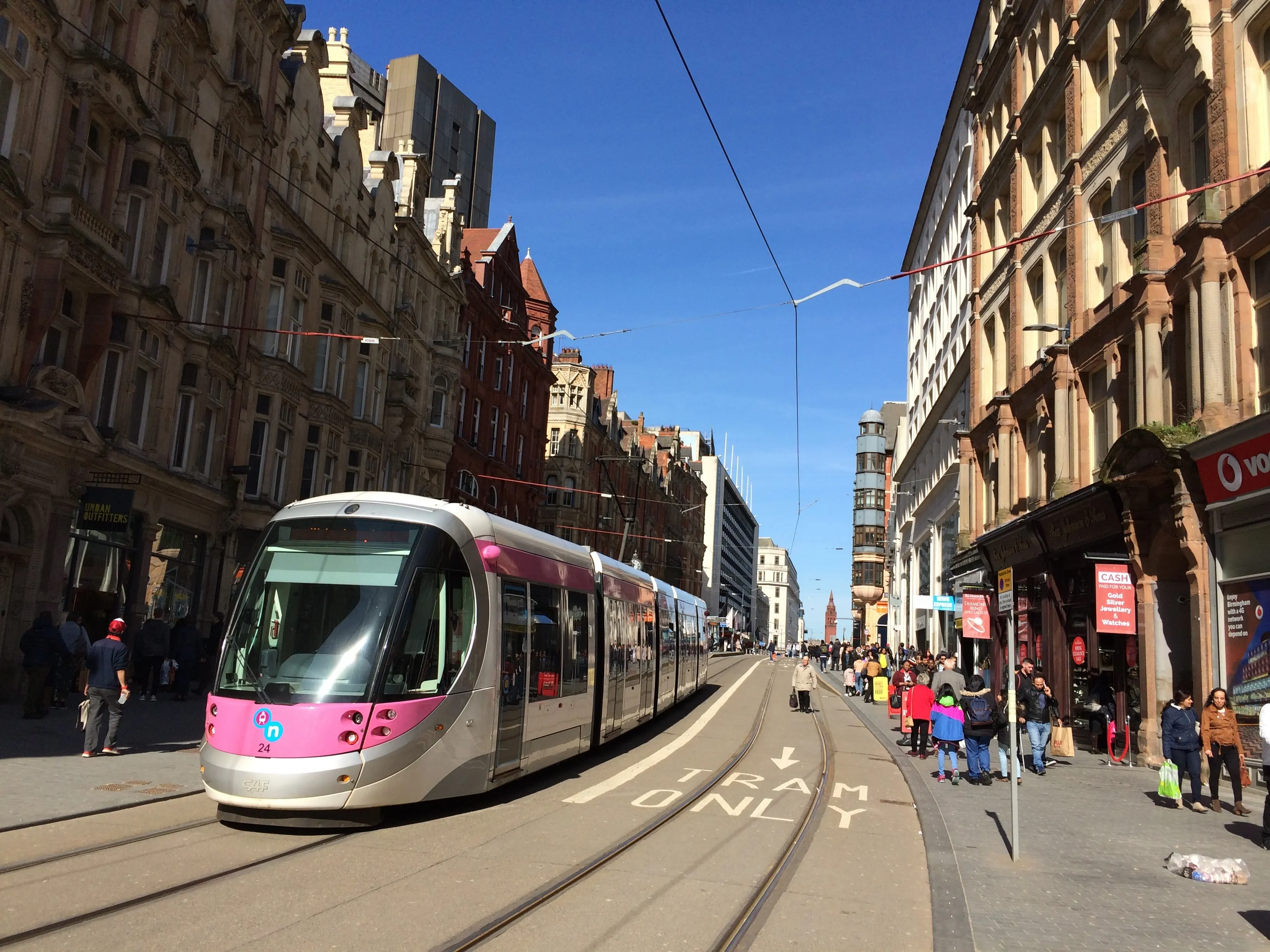
The Covid-19 outbreak was a health crisis that caused a significant number of deaths. But impacts of the pandemic go beyond killing people, where some indirect health impacts - namely, causing mental health issues, increasing substance abuse disorders and hindering access to primary health care - were observed. This urged international, federal and local agencies to develop pandemic preparedness and response. Transportation agencies are no exception and should identify the Covid-19 health implications through the changes in transportation systems to support planning, decision-making, and innovation as we move from crisis to recovery.
But where can Covid-19 impact transportation, and how will these impacts be translated into public health implications? There are six interconnected areas through which transportation can be impacted by Covid-19 (mobility demand, modal change, transportation equity, land use, traffic safety and transportation jobs). These impacts can be further linked to the public health consequences through ten pathways (traffic safety, physical inactivity, road crashes, stress, mobility independence, greenhouse gases, air pollution, heat, contamination and noise).
Mobility demand

Covid-19 has changed the way we live. A survey study showed a 50% increase in working from home among employed adults after the Covid-19 outbreak; of those respondents, 53% are willing to continue working from home after the pandemic is over. Data shows the quarterly share of e-commerce sales of total US retail sales experienced a 4% increase after the Covid-19 pandemic. This potential reduction in work and shopping trips can be translated into fewer motor vehicles on the roads. It was found the total vehicle miles travelled (VMT) at the county and state level had declined by between 61% and 90% following the various government stay-at-home orders. Consequently, a reduction in air pollutants, contaminations, noise, heat, and motor vehicle crashes is expected.
Modal change
Many commuters stopped riding New York City’s subway system during the early days of the Covid-19 outbreak. Although most ventured back after a few months, analysis of ridership trends by the American Public Transportation Association shows a slow recovery in public transit usage. The modal shift from public transportation to private cars would result in more VMT in the system, and therefore, higher vehicle emissions, noise and heat. A study on bike-share users in San Antonio, TX, showed that 43% of survey respondents who were unemployed due to the pandemic reported increasing use ridership. The decrease in active transportation would result in physical inactivity which was associated with obesity, cardiovascular disease and dementia.
Transportation equity
The global pandemic exposed persistent inequity in communities. Low-income households often rely on public transportation to get to do their essential activities and access healthy food and healthcare. The costs of lost fares due to an overall decrease in transit ridership and sanitising procedures portend financial challenges for transit agencies. To maintain the financial viability of the system, many transit agencies cut their services, usually in the form of reduced schedules. These challenged low-income communities’ access to reliable public transit, and if accessed, exposed them to a higher risk of contracting Covid-19 while using a packed transit system. The elderly and people with disabilities are another group that faced difficulties in accessing their needs, mainly because of limitations in public transit and paratransit during the pandemic and the risk associated with riding with transportation network systems.
Land use
The changes in transportation demand and modal shift may encourage urban sprawl. There is evidence that urban sprawl increases total VMT and negatively influences accessibility in an urban area.
Traffic safety
The changes in travel demand and VMT during the pandemic affected traffic safety. Although the rate of motor vehicle crashes decreased during the global pandemic, the severity of crashes increased, according to the National Highway Traffic Safety Administration (NHTSA). A further investigation by NHTSA showed a 7.2% increase in road fatalities during the pandemic and blames riskier driving patterns and behaviour including speeding, failing to wear seat belts and driving under the influence of drugs or alcohol.
Transportation jobs
Shifting from public transit and ride-hailing to driving private cars would result in losing driving jobs. The transportation sector saw a peak unemployment rate of 15.7% in July 2020, 5.2 percentage points higher than the overall U.S. unemployment rate at the time. Moreover, the reduction in road crashes and VMT would affect transportation service jobs. Job loss can lead to public health issues such as stress and mental health problems. We, however, expect some of these driving jobs can be replaced by delivery jobs.
Reacting to change
Proper reaction to Covid-19 impacts and efficient planning for its permanent consequences is contingent upon a precise recognition and evaluation of the health consequences of the pandemic. The transportation sector is responsible for defining and supporting research to help better identify the health implications of the global pandemic through the changes in transportation and quantify the extent of impacts. The six areas of impact and the ten health pathways lay out a research agenda for future investigations.

To lessen the adverse health impacts of Covid-19 through the changes in transportation, and reinforce the positive effects, both public and private transportation agencies need to intervene. Despite the limitations in transportation sector funding sources because of the reduction in ‘user fees’ such as fuel tax revenue, vehicle registration fees and toll and congestion pricing, federal agencies need to support public transit to maintain their services in low-income communities. Advancing innovations and technology, e.g. self-driving cars and shared mobility, can help overcome mobility barriers for individuals with a disability.
Transportation plays a vital role in the e-commerce supply chain. Employing emerging transportation technologies such as self-driving delivery vehicles, drone delivery, and high-speed rail developments by the private transportation sector and facilitating the use of these new technologies by public agencies would contribute to efficient e-commerce. Imposing traffic demand management policies (e.g. road pricing) and creating urban development boundaries are some strategies that can control urban sprawl. Last but not least, as improving traffic safety has been a recurrent concern of transportation agencies, policies and strategies are required to deal with the riskier road users’ driving behaviour. Moreover, transportation agencies need to dedicate themselves to advancing the lifesaving potential of new vehicle technologies. ITS
• This article was first published on S-Plus-M, an academic hub for smart mobility.
About the Author:
Soheil Sohrabi, PhD, is senior advisor at S-Plus-M and postdoctoral researcher, Texas A&M University










